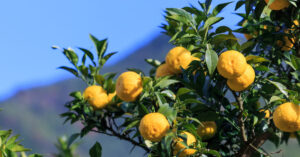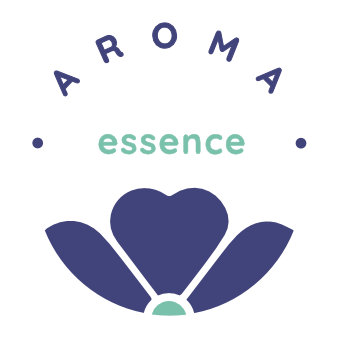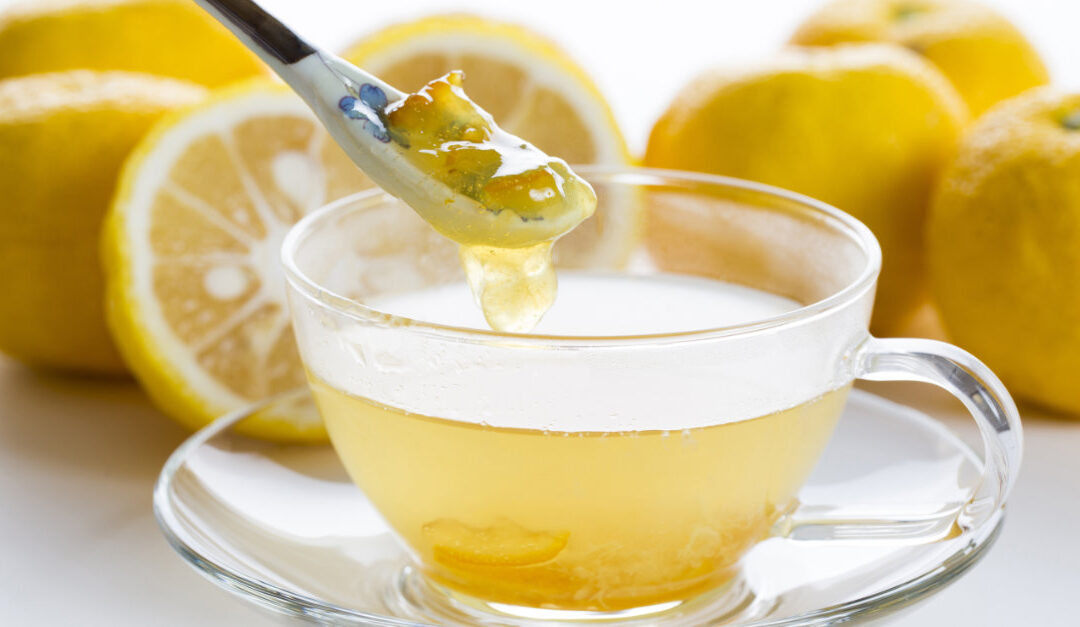“Receiving,
From the evening sky –
One yuzu fruit.”
– Haiku by Taneda Santoka (1882-1949)
Japan’s relationship with the yuzu tree began over twelve hundred years ago. Sometime in the 8th century, when many travelled to China to study Chinese classical literature, Buddhism and politics, this small aromatic orange, native to Tibet and China, found its way from the Yangtze River region (its upper stream) to the Japanese archipelago. It soon became popular and much appreciated for its unique flavour and medicinal properties. It now grows everywhere (except the northern island of Hokkaido) and some areas, like Saitama and Kochi prefectures, are famous for their plantations with trees over 100 years old!
 Yuzu (Citrus x junos Siebold ex Tanaka) is an evergreen tree, which belongs to the Rutaceae botanical family. It is usually up to 4 metres high with dark green, smooth and shiny oval leaves, and in May-June it produces sweet smelling flowers very similar to those of other citrus trees. Yuzu takes a very long time to grow – from planting to fruiting takes something like 18 years – but once it matures, it bears masses of small, dark green fruits, which ripen to a sunny yellow colour in early autumn. The peel has a rather characteristic bumpy appearance and a delightful, highly priced aroma. When the fruits are being harvested (in October), it is said ‘the whole village smells of yuzu’.
Yuzu (Citrus x junos Siebold ex Tanaka) is an evergreen tree, which belongs to the Rutaceae botanical family. It is usually up to 4 metres high with dark green, smooth and shiny oval leaves, and in May-June it produces sweet smelling flowers very similar to those of other citrus trees. Yuzu takes a very long time to grow – from planting to fruiting takes something like 18 years – but once it matures, it bears masses of small, dark green fruits, which ripen to a sunny yellow colour in early autumn. The peel has a rather characteristic bumpy appearance and a delightful, highly priced aroma. When the fruits are being harvested (in October), it is said ‘the whole village smells of yuzu’.
Yuzu has been used in traditional herbal medicine for over a thousand years. The fruits are 3 times richer in vitamin C than ordinary oranges and also contain flavonoids, which are thought to be useful for blood pressure management and prevention of heart attacks. They are also unusually high in calcium containing 10 times more than an orange. It is said that yuzu helps with recovering from fatigue, and it is good for stomach aches, hangovers, period pains, anorexia, anaemia, and many other problems.

Bathing with yuzu – ‘yuzu-yu’ – is an ancient custom still very much alive today. Traditionally, a hot yuzu bath is taken on Toji (the winter solstice day) and it is believed that it will ward off winter colds and flu and heal chapped skin. The practice of yuzu-yu has also been used for a variety of other conditions like rheumatic and arthritic pains, however, the most noticeable effects of the bath are body warming and relaxation.
Fruits for yuzu-yu are used whole or cut into pieces and wrapped
up in gauze, a bit like a ‘bouquet garni’, and left floating in a bathtub of hot water (the Japanese wash themselves with soap etc. and rinse well before stepping into the bath for a soak). The heat releases the essential oil from the peel, stimulating both digestion and circulation. Often the ‘bundle’ is used as a massaging sponge.
Yuzu seeds are often browned (in a frying pan, wrapped in an aluminium foil), ground into a powder and used as a remedy to prevent diabetes and to lower cholesterol.
Yuzu and Japanese cuisine. The tart yuzu fruits are not usually eaten on their own, but their rind, juice, and even flowers, are widely used in Japanese cuisine for the unique and irresistible lemony-floral twist, e.g. in Nabe (Japanese casserole), miso soup, ‘Yuzukocho’ (‘yuzu pepper’ – popular in Kyushu region), yuzu vinegar, pickled vegetables, salads, ice creams, sorbets, sweets, cakes, wine, drinks, etc. A slice of yuzu rind is used in Sumashi-jiru (Japanese clear soup) for the pleasant aroma and to aid digestion. Grated zest – green in summer and yellow in autumn – is used as a garnish. Yuzu juice is sprinkled over fish dishes. It is also believed that having yuzu flavoured dishes when drinking alcohol will prevent a hangover and bad breath.
Yuzu marmalade is also popular, and is often made into a ‘yuzu tea’, which is simply marmalade with some hot water!
The yuzu juice is usually obtained by cold pressing whole fruits. The pale yellow essential oil (found in the peel) is then separated from the water and oil by further process. The aroma of the oil is exquisite – reminiscent of grapefruit, mandarin and lime – but it is the floral note that makes it absolutely unique.
Yuzu essential oil. Production of the essential oil is rather low, making it more expensive compared to other citrus fruit oils. Often suppliers offer ‘reconstituted’ yuzu oil (as is often the case with Melissa essential oil), and not the pure, original essential oil.
I have used yuzu oil on many Clients and they all reacted immediately to its characteristic pleasant aroma. I have found yuzu essential oil to be refreshing to both the body and mind. It seems to be appropriate for treatment of depression, anxiety, stress, frustration and nervous tension. It is believed that yuzu oil can help arthritis and rheumatism, cold and flu, cystitis, thrush, and muscular aches and pains. It can be used on oily skin prone to acne and for other skin conditions. It is antiseptic, antibacterial, anti-depressant, rubefacient, deodorant, a nervous tonic, febrifuge, hepatic, hypotensive, digestive, etc. Generally speaking, yuzu essential oil shares many of its properties with those of bergamot.
Yuzu oil is not phototoxic but it might be skin-sensitizing to some individuals when oxidised (always ensure your oil is fresh and store it in a fridge).
Chemical composition of yuzu essential oil: A few independent researchers at various universities in Japan, Korea and America have investigated the chemical composition of yuzu essential oil. Although the results of the analyses varied, they all agree that hydrocarbons (terpenes) make up over 95% (over 30 components), alcohols over 2% (over 35 components) and aldehydes less than 0.5% (over 15 components) of the composition.
Main constituents: limonene (60-80%), γ-terpinene (9.5-12%), β-phellandrene (~5%), myrcene (~3%), α–pinene(~3%), linalool (~3%), bicyclogermacrene (~2%), epi-β-farnesene (~1.5%) and β-pinene (~1%)
Some researchers also mentioned: cis-3-hexan-1-ol, alpha-terpineol, beta- terpineol and sabinene.
Unique taste of yuzu fruit:
According to John Wiley & Sons Ltd., ‘The terpenes were the major components of yuzu peel oil, but they contributed little to the characteristic flavour of yuzu. Methyltrisulphide, borneol, n-octanol, trans-undec-2-enal, (+)-p-mentha-1-en-9-ol, eugenol and carvacrol were found to be strongly involved in the characteristic flavour of yuzu, together with 6-methyl-5-hepten-2-ol, and methyltrisulfide having the highest FD-factor’.
Citrus juices have many chemical components, which have been shown to have anticancer properties in vivo and in vitro. Citrus limonoids (found in juice, tissues and seeds of yuzu) like limonin and nomilin were investigated and were seen to reduce tumours (numbers and mass). Limonoid glucoside mixture and the bioflavanoids – nobiletin, tangeretin, hesperetin and naringenin – were also studied. Interestingly, the results of the studies suggest that naringenin (from yuzu) has an inhibitory effect on acetylcholinesteraze, and a mitigating effect on amnesia; it may also be a useful chemopreventive agent against Alzheimer’s disease. It is not clear if any of the above substances are actually present in the yuzu essential oil.
Commercial products: Yuzu bath salts and other cosmetics and skin products have recently become very popular in Japan. Kenzo, Versace and Sonia Rykiel all employed yuzu in their cosmetic preparations and perfumes.
Yuzu fruit availability in the UK: Yuzu fruits are available from Japanese food shops (for example Atari- ya) before Christmas. They are sometimes used in New Year’s decorations.
Special thanks to my friends Chiaki Tomita, Akiko Ikeda and Yukiko Tango – without their help this article would have never happened. Arigato gozaimashita!
(Excerpt from Article by Margaret Karlinski, published in The Aromatherapy Times, vol.1 no. 65)

